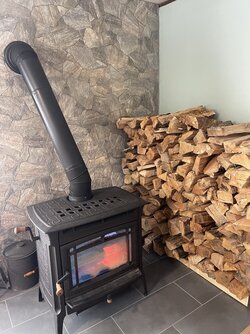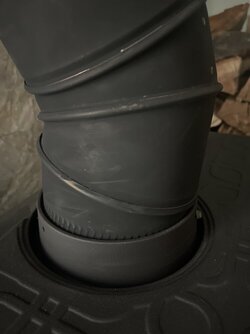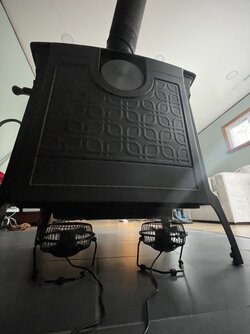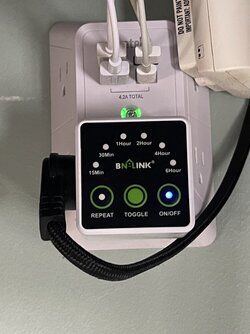Hi Folks, I'm in desperate need of some help from more experienced people. Have a Manchester. Stove works fine until I try to engage the cat (at the proper temp). Then stove goes black. No air flow. When I open the bypass to resuscitate the fire, I get a very frightening explosion in the firebox. It then works fine (without cat). Spoken with dealer, who spoke with rep, both useless.
If I clean the cats and reinstall, per manual, it might work for a little while (as it did when first purchased) but then problem quickly returns. Cats don't seem that dirty, but there is gray ash. I am careful to not stir ash up when operating stove.
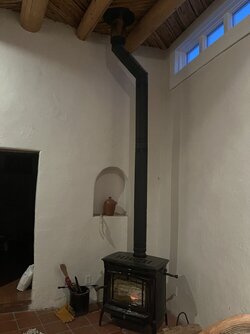
Very frustrating to have this expensive stove that will not function. What am I doing wrong?
My setup: very tall insulated stack with one 45 turn at ceiling. Wood is pinon (standard in northern NM) that and has been drying in the New Mexico sun for two years.
If I clean the cats and reinstall, per manual, it might work for a little while (as it did when first purchased) but then problem quickly returns. Cats don't seem that dirty, but there is gray ash. I am careful to not stir ash up when operating stove.

Very frustrating to have this expensive stove that will not function. What am I doing wrong?
My setup: very tall insulated stack with one 45 turn at ceiling. Wood is pinon (standard in northern NM) that and has been drying in the New Mexico sun for two years.


